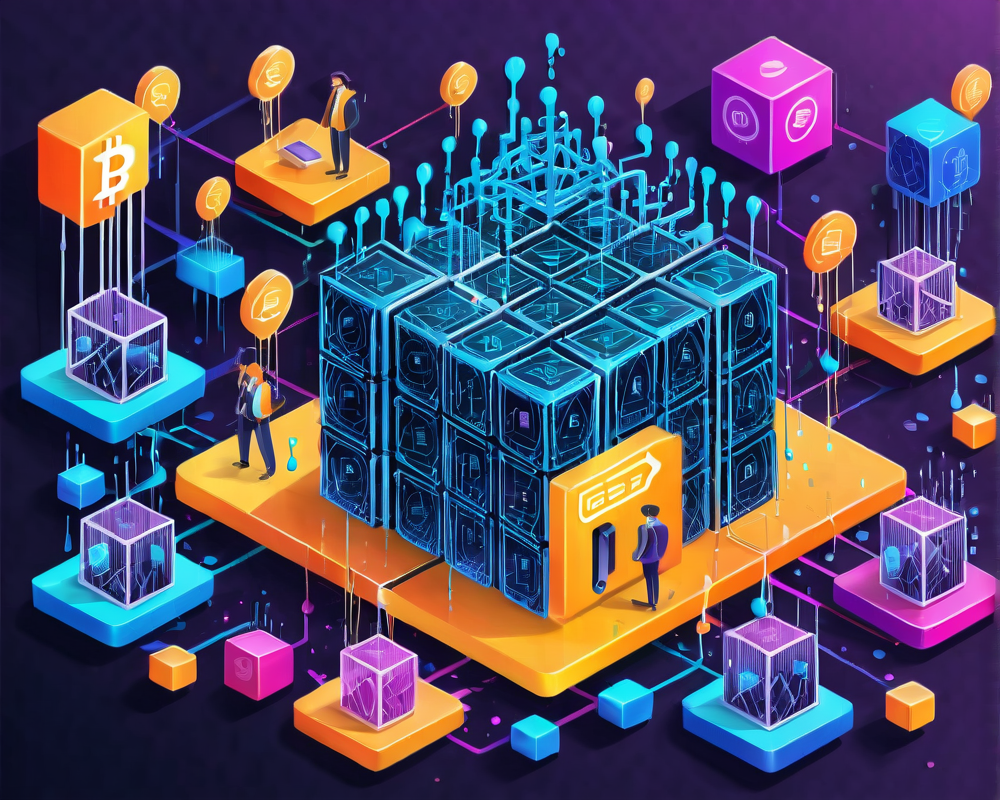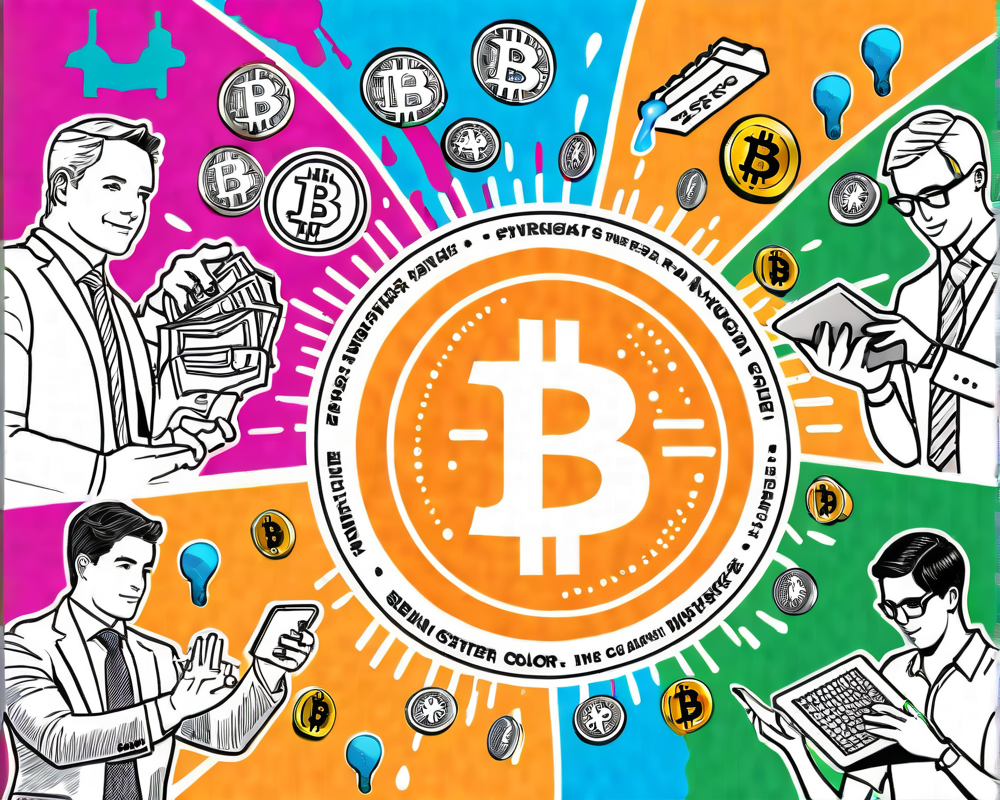In the world of cryptocurrency, the quest for decentralization has birthed innovative platforms like Ethereum, which aims to supercharge Bitcoin’s foundations by introducing a complete programming language. But is this really the best way to innovate, or does it complicate a perfectly functional system? Let’s dive into the bubbling cauldron of blockchain technology and examine the implications of using smart contracts while balancing serious thoughts with a sprinkle of humor.
Bitcoin: The Bare-Bones Beauty
Bitcoin is almost like that quirky relative everyone knows but no one wants to live with—refreshingly simple but a tad old-fashioned. With its minimal scripting language, Bitcoin intentionally avoids the complexity that could expose it to security threats. After all, who needs a high-tech kitchen when a simple sandwich is all you want? Keeping things meaningful yet manageable, Bitcoin supports transactions but doesn’t fancy itself an application platform.
Ethereum: Welcome to the Wild World of Smart Contracts
Enter Ethereum, the overachieving cousin that claims it can do it all. This platform adopts a Turing-complete language, enabling developers to create complex applications through smart contracts. Imagine a vending machine that doesn’t just give you soda but can also take your temperature, decide if you have enough money, and maybe even tell you a dad joke. Smart contracts bring immense potential, especially in situations like legal agreements and automated transactions. But it raises eyebrows and questions about the actual decentralization of data when everything is encoded in a shared format on a public ledger.
The Centralization Conundrum
Hold onto your hats, because here’s a plot twist—while Ethereum promotes decentralization, the very nature of application-enabled Blockchains might lead to centralized data and logic. Kind of like your friend who swears they support a democracy but then only votes when they can guarantee it’ll benefit them. Most applications don’t need a flashy Blockchain; they can function perfectly fine using traditional databases. When you push all your logic onto a decentralized platform, you create a giant ‘honeypot’ for data, attracting unwanted attention. It’s like leaving your front door wide open because you’re convinced the neighborhood is safe.
Sticking With the Essentials
Back to basics—we need to ask ourselves: how many of our applications are genuinely decentralized? If your project only impacts you and your company, there’s no reason to stick it on a Blockchain and draw a map for all the bandits. Smart contracts should exist only where transactions between participants are relevant. Think about it: when you buy a pizza, does it make sense to immortalize your order in a Blockchain? Probably not. Instead, why not keep it comfy in your private database?
The Vision of Decentralization: More Choices!
Now, what if we turned the debate on its head? A truly decentralized ecosystem would embrace various frameworks and governance structures, allowing individuals to choose what suits their needs best. Yes, you can stick with COBOL or team up with Heroku without being dragged into the world of solidity. After all, isn’t the whole point of decentralization having the freedom to decide what tech serves your project without a centralized hand holding your elbow?
Integrating Data Formats: The Real Challenge
No conversation about decentralized tech would be complete without shedding light on the data format problem. Applications often need to exchange information reliably, but different systems speak different languages. This is where integration comes into play, often requiring tedious coding efforts. Many enterprises have found this out the hard way, while the world of blockchain seems to ignore the agony they endure. Isn’t it time we tackle the real issues instead of decorating our tech like it’s our grandma’s living room?
Envisioning a Future Without Middlemen
Imagine a virtual marketplace where Airbnb, eBay, or even Uber are just options rather than necessities. What would interactions look like without heavy middlemen? Decentralized ledgers can help bridge that gap, allowing applications to communicate with each other seamlessly while maintaining security and integrity. The dream is to have everyone play nicely together without the need for expensive translators. Who wouldn’t love to skip the awkward small talk at the middleman’s office?
While there’s no clear solution yet, a shift toward a versatile and interconnected blockchain framework could lead us down a fascinating path. So, whether you still prefer your old-school database or yearn for a decentralized adventure, the future holds boundless opportunities. Embrace them, but remember not to throw the baby out with the bathwater!



